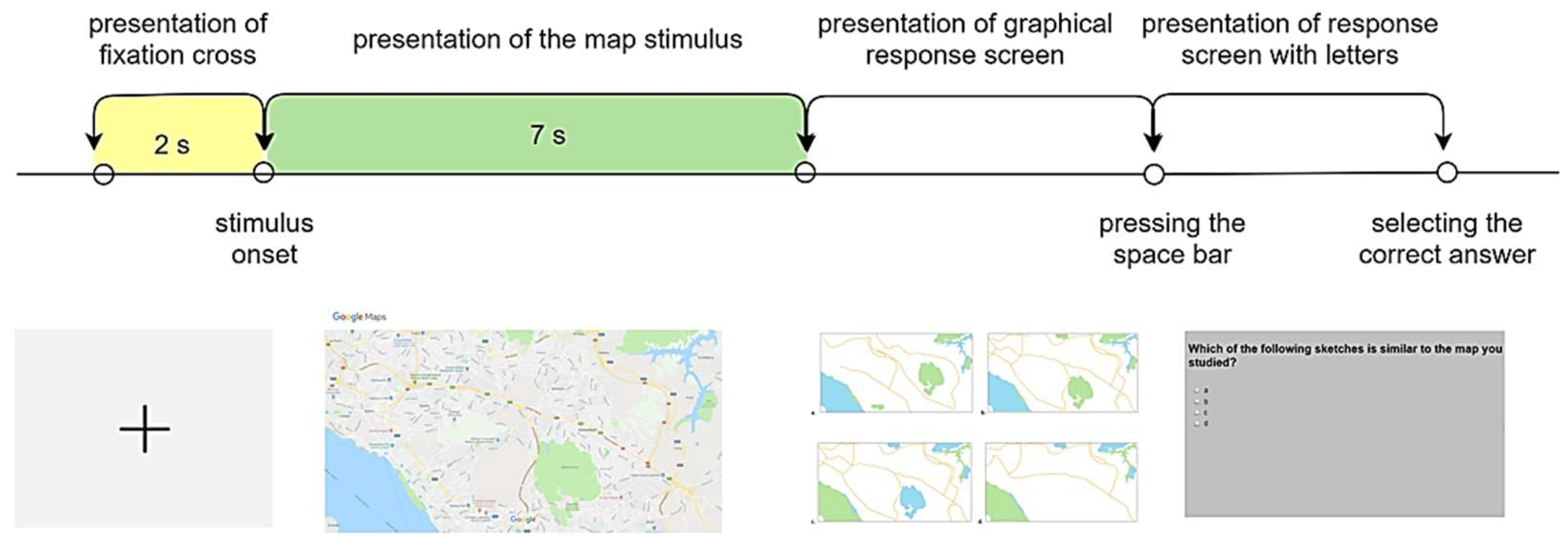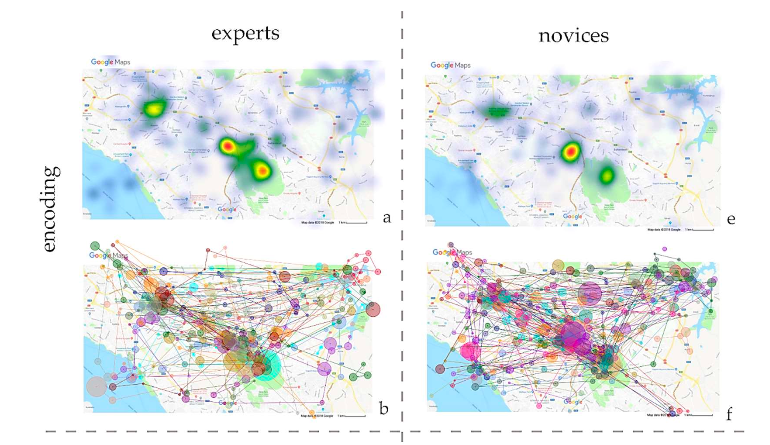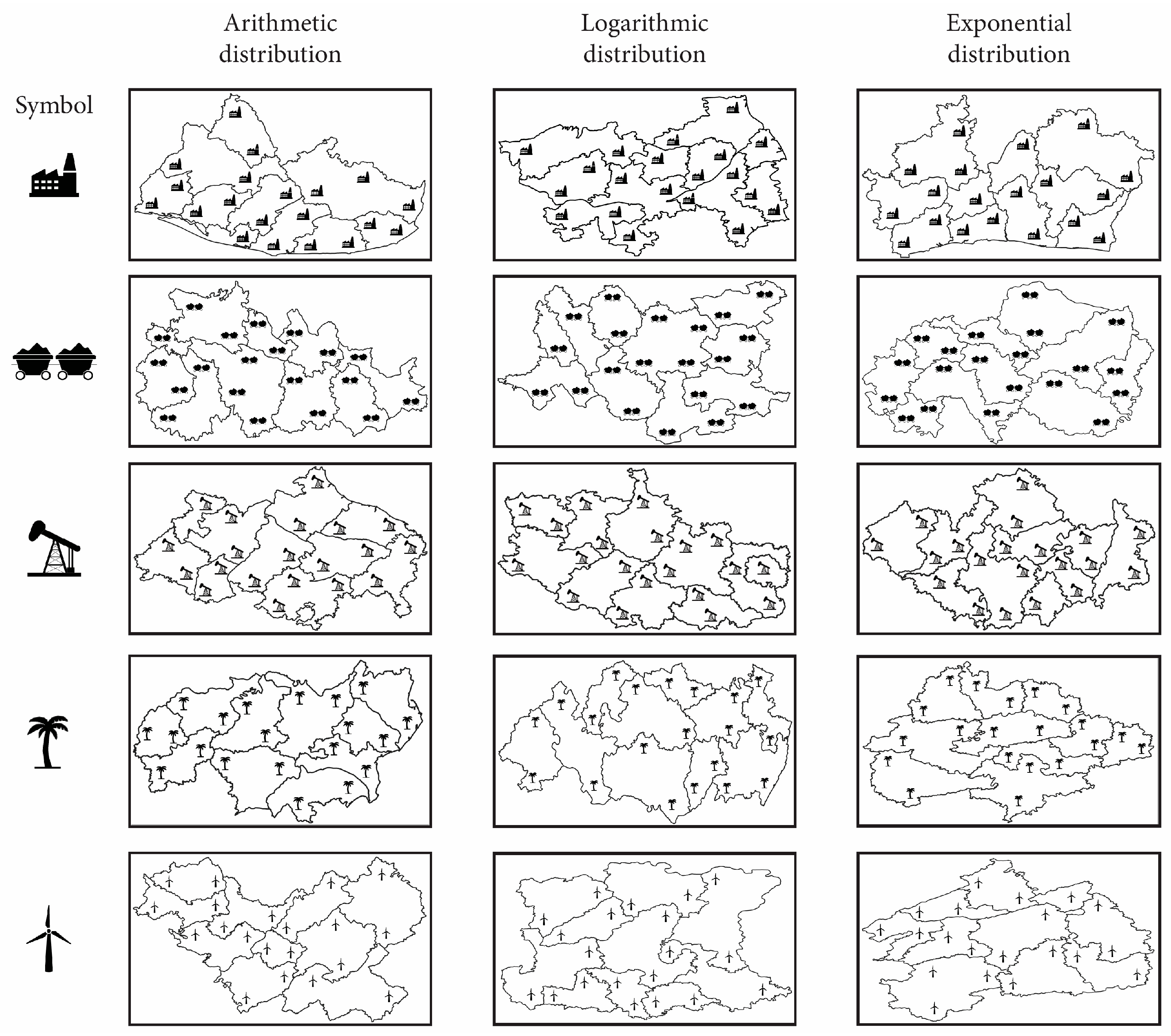Introduction
Welcome to the MAP-VERSE: MAP usability - Validated Empirical Research by Systematic Evaluation! We are building a unique data discovery repository dedicated to advancing empirical research in map usability and spatial cognition. Our goal is to foster open science and collaboration by creating a centralized, queryable repository for metadata from open-access map usability studies through a living collection of publicly shared datasets recorded during geospatial tasks such as map reading, navigation. By this way, we strive to
encourage standardized reporting of user studies (minimum reporting standards)
showcase best practices in map reading studies
increase generalizability and reproducibility of findings
This repository acts as a queryable metadata repository for open-access eye tracking, neuroimaging (EEG, fMRI), and human sensing (EDA, cardiovascular activity, skin temperature) datasets recorded during geospatial tasks, a.k.a. map reading user studies. The links to open datasets shared elsewhere (e.g., zenodo, harvard dataverse)











